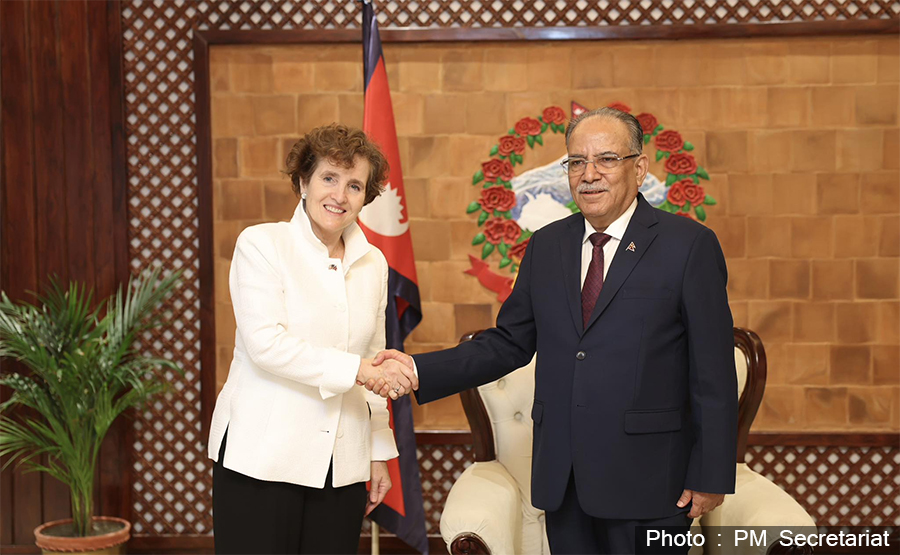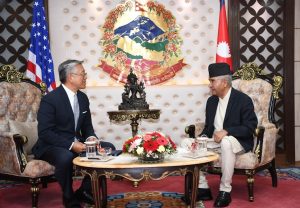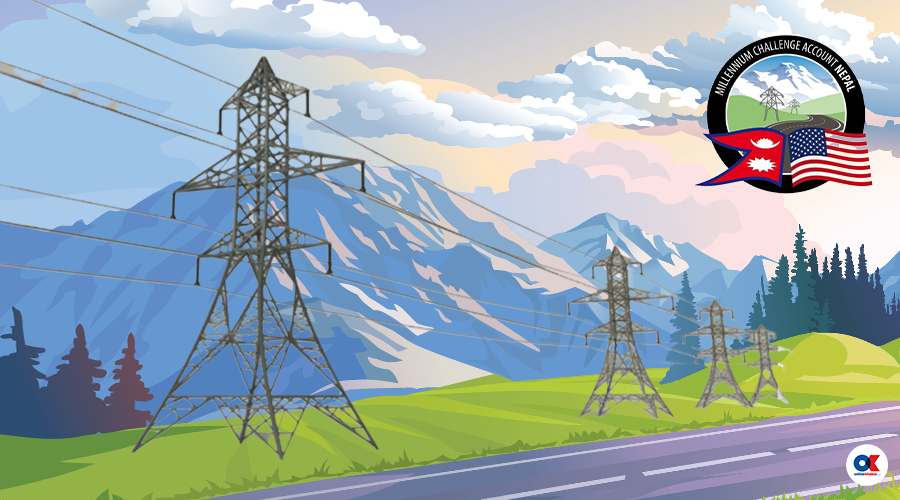
The Millennium Challenge Corporation (MCC) compact was seen to be a game changer in Nepal. However, lately, there seem to be many flaws in the basic design and environmental impact study report of the transmission line project.
The Millennium Challenge Account (MCA) Nepal has granted approval and revised the reports for the construction study of the transmission line, lacking a robust economic cost analysis. The projected cost is now estimated to be 66 per cent higher than the initial anticipation, leading to the need for approval and subsequent revisions.
After commencing the five-year implementation period on August 30, MCA is currently looking for contractors to build the transmission line. The cost of the transmission line project was estimated to be around USD 226 million but the lowest bid that MCA has received is USD 365 million. Now, with the government reluctant to accommodate the escalated cost, there is a lot of indecision on how the transmission line project will move forward.
Given the substantial gap between the estimated cost and the lowest bid for the transmission line project, the MCA intends to enter negotiations with the company that submitted the lowest bid. The MCA aims to persuade the lowest bidder to undertake the transmission line project within the estimated cost. However, officials are not optimistic that the companies will be ready to work by reducing huge costs.
“Even if the company is ready for negotiations, people will definitely question how and why the contractor is willing to work at such reduced cost,” says an official of the Ministry of Finance.
Rajeev Sharma, the former deputy managing director of Nepal Electricity Authority, believes that the government’s only viable options are either to absorb the increased costs or to reissue the tender.
“Negotiating does not seem like the way forward. If the cost is going to be more, I think all contractors who bid before need to be allowed to compete,” he says.
This means that if the tender process has to be reissued, it will likely result in additional delays, potentially leading to the return of a substantial portion of the 500 million US dollars grant provided by the US.
Experts have pointed out that an error was made by MCA Nepal when the contract process was not concluded before the implementation period began. They expressed concerns that the project’s timely completion was in doubt, especially considering that the processes of land acquisition and tree felling were still in their initial stages.
Following a delay in the contractor selection process, officials at MCA Nepal have begun expressing doubts about the project’s ability to be completed within the stipulated five-year timeframe. As of now, MCA Nepal’s Chief Executive Officer, Khadga Bahadur Bista, and other high-ranking officials have not provided a clear explanation to the government regarding the reasons for this situation.
MCA refused to comment on the issue when approached by Onlinekhabar.
Arbitrary decision-making
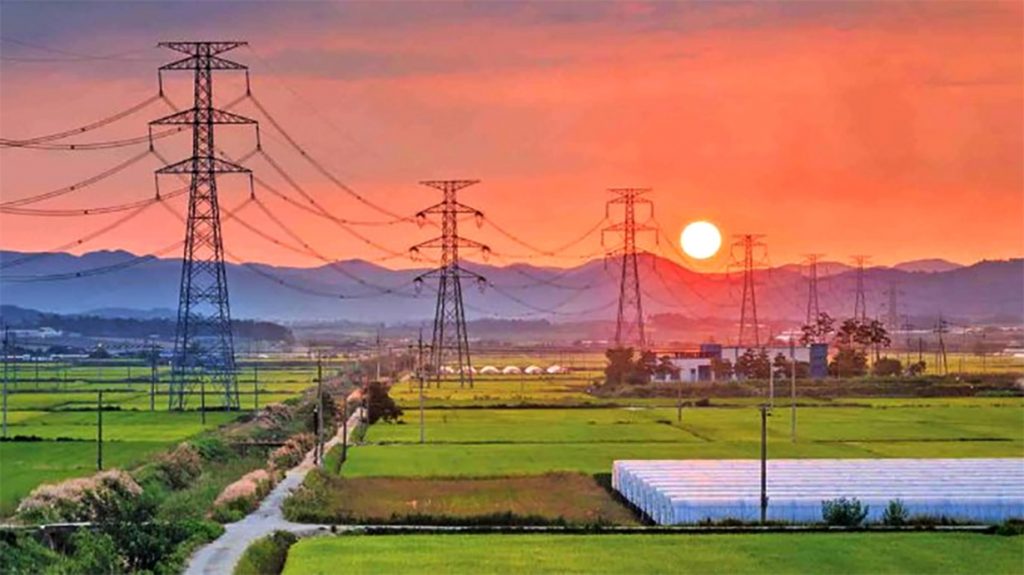
Finance Minister Prakasharan Mahat also emphasised that the implementation should not be started until the preparatory work is completed. The then Finance Secretary and President of MCA Nepal Arjun Prasad Pokharel was also not ready to take the risk. However, the officials of MCA Nepal showed the schedule and assured that ‘nothing matters’.
The current government has been wary of this issue. Finance Minister Prakash Sharan Mahat strongly emphasised that implementation should not commence until all preparatory work is completed. The former Finance Secretary and President of MCA Nepal, Arjun Prasad Pokharel, was also reluctant to take any risks. Despite this, officials at MCA Nepal presented a schedule and assured that things would ‘sort itself out’.
“They are trying to give misleading reasons for the high bid submission. But we are finding out that MCA has made errors wily preparing the environmental and feasibility reports prior to announcing the tender,” says an official from the Finance Ministry who says this rise in cost is mostly due to arbitrary decision-making.
This tender was released under the ‘Design and Build’ approach, which required the contractor to create a comprehensive design. Nevertheless, after examining the environmental impact assessment and the detailed feasibility study report, officials have determined that the contractors submitted high-cost proposals. MCA Nepal commissioned Stantec Consulting International for the environmental study, while Tetra Tech conducted a detailed feasibility study for the transmission line project.
According to officials at the ministry, MCA Nepal did not adequately formulate a construction plan that would safeguard both the environmental and social aspects, including addressing the interests of the US.
The cost has escalated due to the initial planning of the transmission line project route and scale, which was undertaken without taking into account the budget constraints. This was done in an attempt to minimise environmental and social impacts and potential conflicts, which are of greater concern to the US.
But while doing so, the expenditure aspect has been inadvertently overlooked at this juncture as the project is likely to exceed the USD 695 million mark, which was agreed upon before.
Officials state that the project’s costs have risen because of the sizable budget and the approval of the environmental impact study without adequate preparation and discussion.
Environment vs Saving money
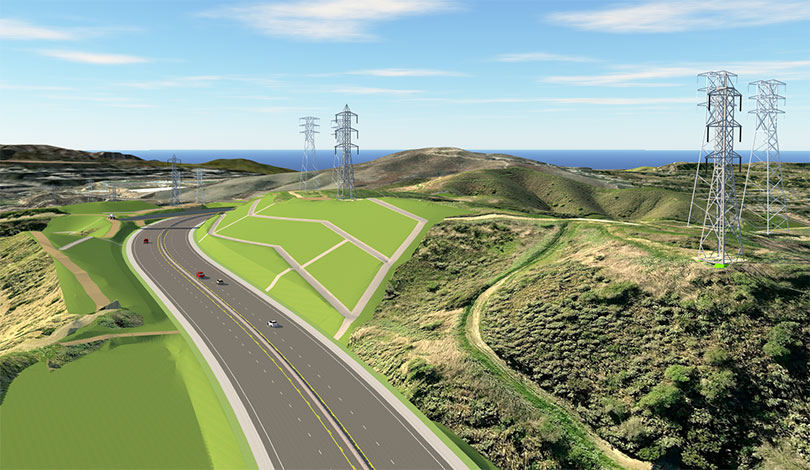
Finance Minister officials also say that this situation emerged when the report, initially designed to streamline the project’s costs, was hastily revised to minimise environmental and social impacts. It has been observed that, in an attempt to simplify land acquisition and tree felling procedures, MCA Nepal inadvertently ended up affecting the overall project cost.
The project explored multiple options to minimise the impact on forested areas while determining the route. The report specifies that the project’s route is situated within forested areas only in cases where alternative routes outside of these areas were not feasible.
“The number of trees slated for removal has been reduced by elevating the height of the transmission towers in significant forested areas. This adjustment aims to minimise the impact on the transmission line route,” reads the report.
As per the environmental impact assessment report, the project initially scaled down the number of transmission towers by 20 per cent during the initial detailed feasibility study. This reduction was made with the intention of mitigating economic and social impacts.
Originally, based on the feasibility study, there were plans to construct up to 1,800 towers. However, this number was later reduced to 856. Officials assert that despite the reduction in the number of towers, the design will have to be more robust, involving larger and thicker structures, which will consequently increase the overall cost.
The environmental impact assessment report also notes that MCA Nepal has raised both the average height and length of the transmission line. The towers will now vary in height from 43 meters to 92.5 meters. The report underscores that designing them at these specific heights has effectively minimised their impact.
“MCA Nepal did not realise that in their bid to save the environment, the cost would go up significantly,” says an official at the Finance Ministry.
As per the analysis conducted by technical authorities, the construction of the taller towers will need up to 25 per cent more iron compared to the current tower design. The tower’s foundation also needs to be 20 to 25 per cent deeper due to the narrow surface area where the towers will be set up.
Based on the preliminary design developed by MCA, the towers for this line will be different from the ones typically constructed by the Nepal Electricity Authority. Due to the requirement for towers to span long distances, it is crucial to establish a robust foundation and construct a sturdy structure from the base of each corresponding tower. This decision has been taken to distinguish the taller towers from the prevailing practice in Nepal and bring them in line with international standards.
“This is going to bring its own challenges because building tall towers in urban areas is going to be tough,” says an official at NEA.
The use of drones and helicopters adds to the cost

The escalating cost of the transmission line project can be attributed, in part, to the policy decisions made by MCA Nepal concerning road access. As per the report, roughly 52.5 per cent of the tower sites will be accessible by vehicles capable of transporting goods, whereas 46 per cent of the sites will be reachable via walking trails. The remaining 1.5 per cent of the sites are exclusively accessible by air, as the MCA intends to utilise helicopters and drones. This underscores the persistent challenge of transporting bulky construction materials and equipment.
The environmental impact assessment report highlights that MCA-Nepal’s decision to abstain from constructing road access up to the transmission tower construction site is aimed at minimising tree felling in the area and encouraging local employment. Instead, available options such as porters, animals, and a range of small vehicles will be employed as alternatives. Additionally, the report states helicopters will also be utilised to transport heavier materials and facilitate interconnection between the towers.
This is in line with the proposal that mentions neither MCA-Nepal nor the contractors will be allowed to build any new roads to the said location(s).
“Many towers for the transmission lines needed for the project will be in geographically-challenging areas. The goal was to reduce deforestation as well as hassles of land acquisition, and resettlements. Existing roads and resources will be utilised to transport construction materials for the towers,” the report reads.
The report also mentions that drones will be used to transport construction materials and lay transmission lines in remote areas.
But an official from the Ministry of Finance has questioned, “Insisting on the use of helicopters and drones for such construction that is deemed unconventional methods even abroad, how can a local contractor submit a low-priced bid in the situation?”
The official also highlights additional factors contributing to the rising budget, including the recent spike in steel and aluminium prices. Similarly, according to the proposal, the contractor’s company is mandated to furnish high-quality accommodation and vehicles (with a combined value of Rs 10 million) for the consultants and project directors.
“This has become more of a luxury project than a development project,” says the official.
He further comments, “The planning phase lacked sufficient discussions with the Nepal Electricity Authority, which possesses experience in the construction of transmission line projects. Even the feasibility study was tweaked to serve the interest so signing a new contract would only be viable through re-designing.”
“If we could construct the transmission lines as NEA it would have cost less. But, as per the proposal, new towers need to be constructed with set rules, increasing the investment even more,” the official adds.
Challenges galore

The 315 km long 400 KV transmission line is currently under construction, spanning from the Indian border to the New Butwal substation, then extending to the New Butwal-New Damauli substation, New Damauli-Ratmate-Nuwakot, Ratmate-Hetauda, and Ratmate-Lapsiphedi substation. However, MCA has not yet appointed the supervising engineer (consultant) for the transmission line project.
Officials state that even though the consultant selection process is in its concluding stages, final results have been delayed due to various technical issues.
MCA Nepal has not yet released a tender for the 400 KV substations in Ratmate, Damauli, and Butwal which adds to additional challenges faced by the project.
Similarly, it is uncertain whether the road improvement project under the MCC will be implemented either. The project aims to upgrade a 77-kilometre stretch of road from Bhalubang in Dang to Shiva Khola in Banke. However, to cut costs, the suggestion is to focus on enhancing only the 40-kilometre section from Lamhi to Bhalubang.
Around 1,500 trees along a 22-kilometre segment of the East-West highway, which is part of the MCC proposal in Rapti rural municipality of Dang, were recently felled without proper planning. In light of this, the MCC headquarters has directed the MCA to investigate alternative solutions for this section to the fullest extent possible.
But the road department has already said they cannot give other roads because they are being studied for expansion by organisations like the World Bank and the Asian Development Bank.
“MCA intends to improve an additional 90 kilometres of roads if there are cost savings from the transmission line project. However, there is confusion regarding whether this work will be carried out on the same 40 km road project under MCC,” says a source at the MCA.
“MCA plans to upgrade another 90 kilometres of roads if the cost of transmission lines will be saved”, says the source. However, there is confusion about whether the work will be done on the same 40 km road project under MCC.






